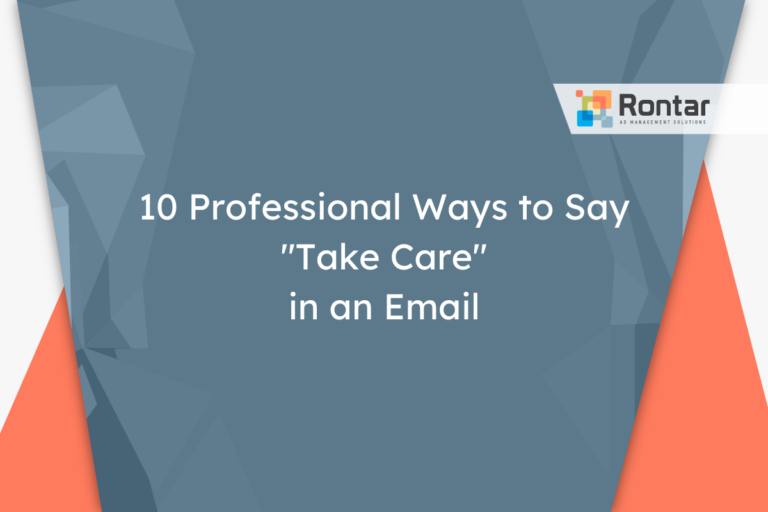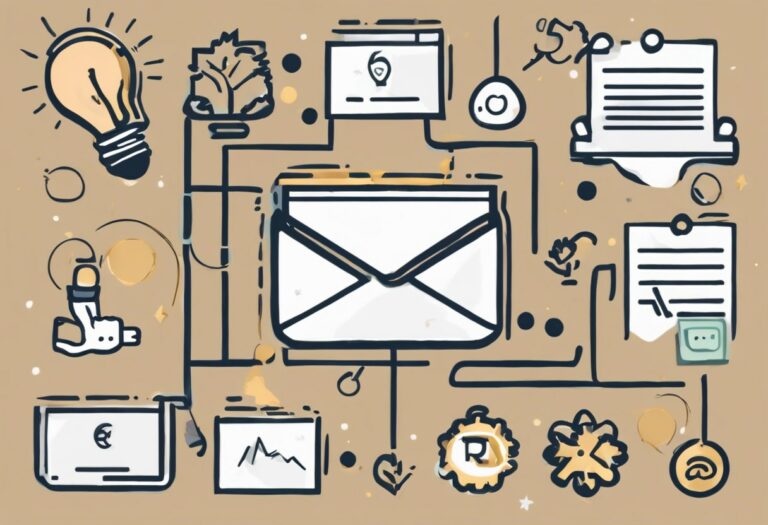14 Professional Ways to Acknowledge an Email (With Samples)

Acknowledging the receipt of an email professionally is important in any work setting. It lets the sender know you have seen their message and are dealing with it.
This article lists 14 different phrases you can use to acknowledge an email. Each option is explained with ideal situations for use and includes an email example for better understanding.
14 Professional Ways to Acknowledge the Receipt of an Email
Acknowledging an email professionally is key to effective communication. Here are fourteen ways to confirm you’ve received and understood a message:
- Thank you for your email
- I have received your email
- Thank you
- I’ll take a look, thanks
- Noted
- Understood
- Received
- Your email was well received
- Email received
- Well received
- Got it
- Acknowledged
- Copy that
- Well noted
1. Thank you for your email
This option is polite and formal, making it suitable for responding to emails from clients, senior colleagues, or any professional contact. It shows appreciation for the sent message and ensures the sender that their email is being taken seriously. This phrase is best used in email communication where maintaining a professional relationship is important. It expresses gratitude and readiness to engage with the content of the message.
Here’s a simple email example:
Dear Mr. Brown, Thank you for your email. I will review the attached documents and respond with feedback by tomorrow afternoon. Best regards, Emily
2. I have received your email
This option is formal and straightforward, best suited for situations where you need to confirm receipt without providing an immediate response or action. It’s appropriate for use with peers, supervisors, or external parties when an acknowledgment of the email is necessary but a detailed reply will follow later. This phrase assures the sender that their message has not gone unnoticed.
Here is a sample:
Hello Dr. Harris, I have received your email regarding the project timeline. I will go over the details and get back to you with my input by end of the day Wednesday. Kind regards, Liam
3. Thank you
This polite acknowledgment can be used in both formal and informal settings. It’s suitable for brief replies when you want to express gratitude quickly without much detail. This phrase works well with colleagues you’re familiar with or in less formal corporate environments. It’s an effective way to show appreciation for the sender’s effort without making the message too lengthy.
Here is how you might use it in an email:
Hi Susan, Thank you for the update on the meeting location change. Cheers, Tom
4. I’ll take a look, thanks
This phrase strikes a balance between being informal and polite, perfect for messages with colleagues or in environments where a friendly tone is encouraged. It acknowledges receipt of the email and indicates that the sender’s request or information will be looked into shortly. It is ideal for situations where a follow-up action is required on your part.
Here’s an example:
Hey Alex, I’ll take a look, thanks for sending this over. I should have some feedback for you by tomorrow. Regards, Jenna
5. Noted
This is a very straightforward and somewhat informal way to acknowledge an email. It’s best suited for interactions within teams or with colleagues you have a casual relationship with. “Noted” can come across as brisk, so it’s essential to use it in contexts where brevity is appreciated and where the sender knows you well enough to understand the tone is not dismissive.
Example:
Hi Mike, Noted. I'll ensure the changes are made as discussed. Best, Linda
6. Understood
“Understood” is primarily used in informal settings and conveys a clear acknowledgment of the email’s content without much formality. It’s suitable for quick exchanges with team members or when responding to instructions from higher-ups. This phrase communicates that the message is clear to you and that no further explanation is needed.
Here’s a brief email example:
Hi Carol, Understood. I'll proceed as suggested with the client proposal. Regards, Derek
7. Received
This one-word acknowledgment is very informal and should be reserved for communications where brevity is critical, and the relationship permits such succinctness. It’s effectively used within internal team communications or when quick, informal updates are being exchanged. Be wary of using it in more formal or sensitive correspondence, as it may appear overly terse or indifferent.
Here’s how it might look in an email:
Hello Team, Received. Thank you all for the swift updates on the project status. Best, Jordan
8. Your email was well received
This phrase is more formal and detailed, making it suitable for professional settings where you want to convey a thorough acknowledgment. It is particularly useful in communications with new clients, external partners, or anyone with whom you’re establishing a rapport. The addition of “well” adds a polite touch, suggesting not just receipt but appreciation for the content of the email.
Example:
Dear Ms. Anderson, Your email was well received. We are currently reviewing your proposal and will get back to you by Monday with our questions and feedback. Sincerely, Oliver
9. Email received
Simpler and slightly less formal than the previous option, “Email received” is straightforward and appropriately used in most professional exchanges. It strikes a good balance between acknowledgment and formality, making it versatile for a range of situations, from internal team communications to emails with clients. It’s a polished way of confirming that you have seen their message without going into detail.
Here’s a sample message:
Good morning, Email received. I’m on it and you’ll have the completed report by this afternoon. Regards, Fiona
10. Well received
Comparable to “Your email was well received,” this phrase is polite and formal, suitable for interactions where a bit more formality is required. It’s great for confirming receipt to new clients, senior management, or external contacts. The term “well” suggests that not only have you received the email, but you also value the information shared.
Here’s how you might use it:
Hello Project Team, Well received. We appreciate your detailed feedback on the project draft. The suggestions will be discussed in our next meeting. Best, Elena
11. Got it
This phrase is very informal and should be used with people you have a casual or comfortable relationship with. It’s perfect for quick replies among team members or with colleagues you interact with regularly. While “Got it” is succinct and to the point, ensure it’s used in contexts where its informality won’t be misinterpreted as unprofessionalism or disinterest.
Example:
Hey Jenna, Got it. I'll make the updates to the presentation as we discussed. Talk soon, Ben
12. Acknowledged
With a tone that’s both formal and informal, “Acknowledged” is adaptable to a variety of situations. It’s short and suggests that the message was received and its content noted. This term is suitable for both peer communications and upward reporting, particularly when the conversation thread is technical or based on task completion.
Email example:
Hello Team, Acknowledged. I have received the updated figures and will incorporate them into the financial report. Best wishes, Greg
13. Copy that
“Copy that” is quite informal and has a casual, almost conversational feel to it. It’s mainly used in quick exchanges where both parties are comfortable with each other, often in team environments. This phrase communicates that you have received and understand the message clearly. However, it’s best avoided in formal communications because it might seem too casual.
Example:
Hey Zoe, Copy that. I'll cover the client meeting on Thursday, so you can focus on the project delivery. Cheers, Luke
14. Well noted
This acknowledgment is formal and conveys that not only have you received the message, but you also give it importance. It’s particularly appropriate for correspondences that require a detailed follow-up or when you’re dealing with external or senior contacts. “Well noted” indicates that the email content has been received with the attention it merits.
Example:
Dear Mrs. Thompson, Well noted. I have scheduled a meeting with our team to discuss your provided guidelines and will update you with our action plan shortly. Yours sincerely, David
Final Thoughts
Choosing the right way to acknowledge an email can make a big difference in communication. Whether it’s with colleagues, clients, or superiors, using these 14 options can help keep interactions smooth and professional. It’s all about matching the tone to the situation and the person you’re emailing. By using these samples as a guide, you can make sure your email responses are always on point.






